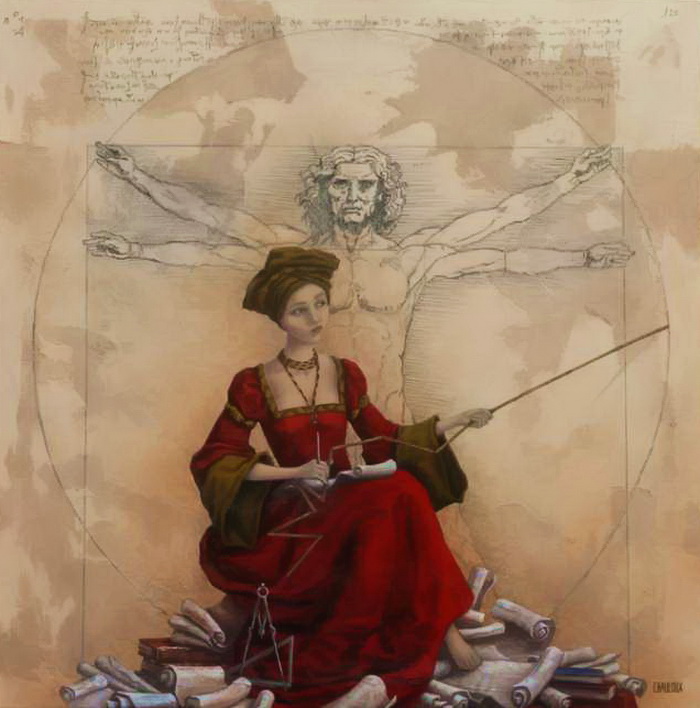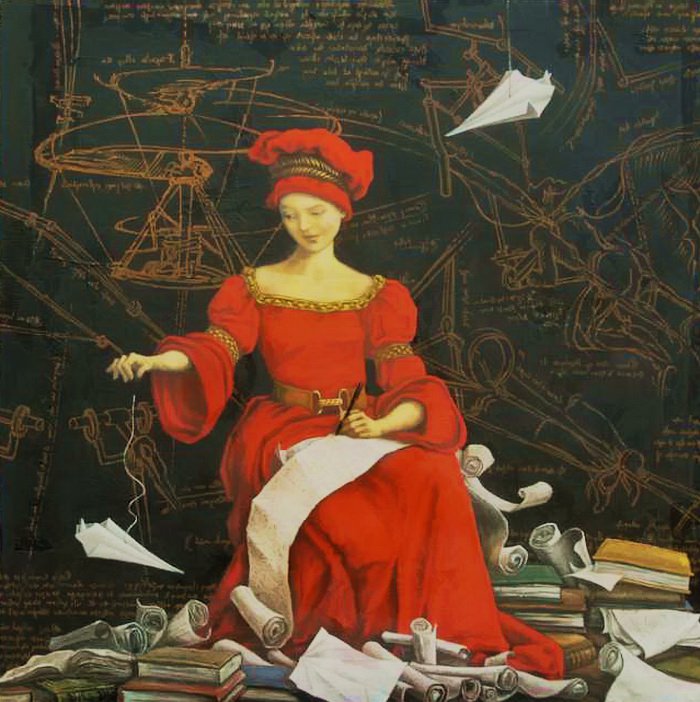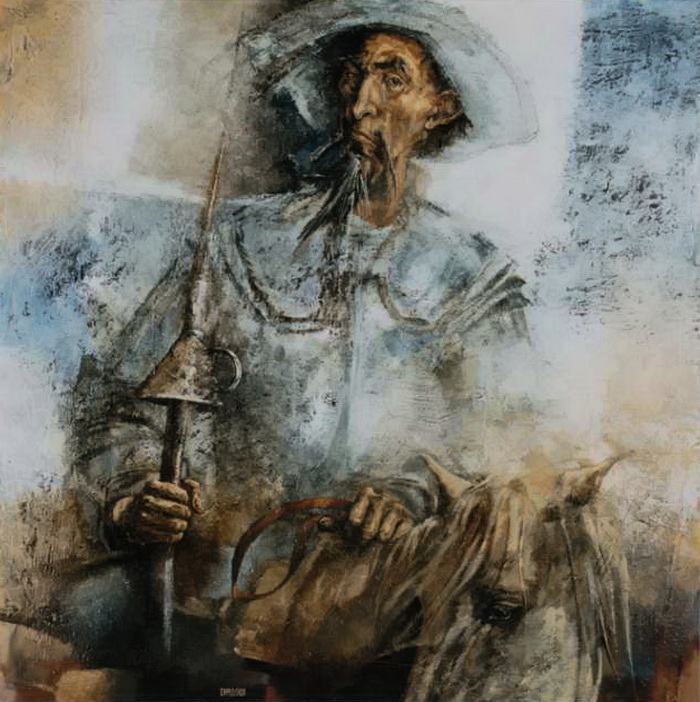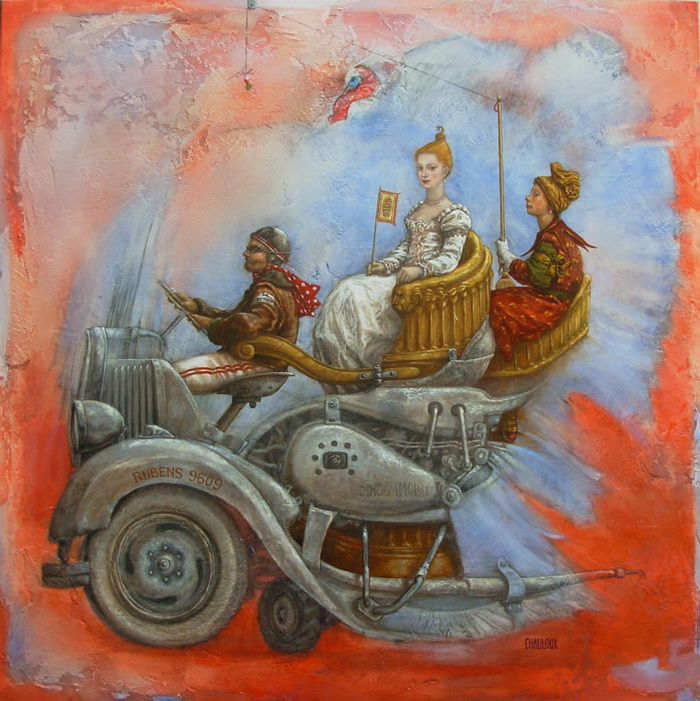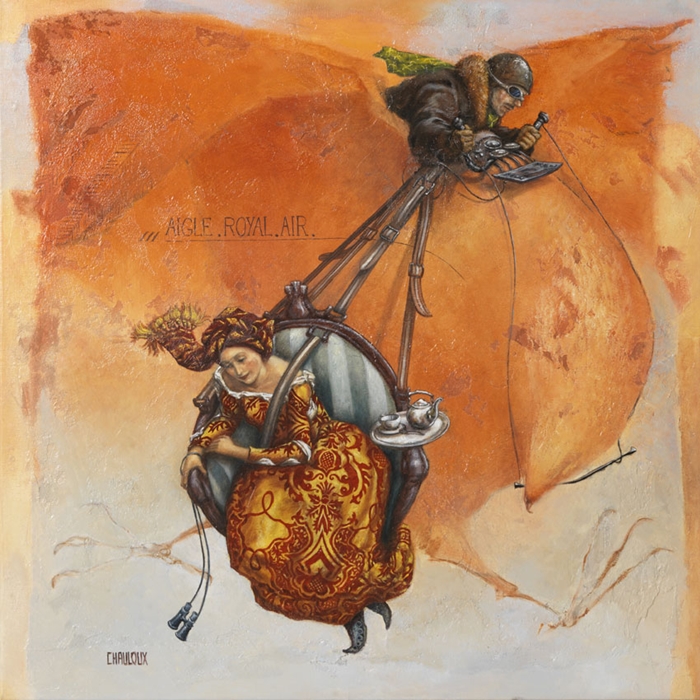Understanding memory is still one of the greatest challenges in science. In recent years, no one doubted the role that neurons played in the formation of cerebral networks. A few years ago however, the scientific world turned to the study of astrocytes with more attention.
A collaborative research project led by experts from the Universidad Andrés Bello in Chile, Ghent University and Catholic University of Leuven in Belgium, recently proved that astrocyte cells play a crucial role in the formation of memories.
The finding gives doctors a new target for medication to combat neurological diseases, such as Alzheimer’s disease or post-traumatic stress disorder. Their work was recently published in FASEB Journal.
Astrocyte cells account for 85 percent of cells in the brain and until recently, they were considered to be the "assistants" to neurons, since they were in charge of collecting the waste produced by the sinapsis used to speed up the neuron's reuse.
But scientists have now discovered that these "assistants" play a more important role than was previously thought.
Despite the fact that astrocytes are abundant, studying them was always complicated by the lack of tools used to isolate their function in the neurological connections as well the fragile nature of the cells themselves.
Jimmy Stehberg, leader of the Neurobiological Lab in the Universidad Andrés Bello explains that in conjunction with other investigators, they were able to create a compound that blocks a specific astrocyte connecting channel, one that the experts assumed was involved in the process of the formation of memory.
In order to prove their theory they injected the compound into the brain of a group of mice which were previously subjected to a traumatic experience
The mice that had the compound injected into them did not show any physical or cerebral reactions, while the ones who hadn't received the injection showed signs of stress.
With this, scientists demonstrated that blocking this channel in the astrocyte also blocks the process of the consolidation of memory. This proves that memory does not only depend upon neurons, but that it also needs the astrocytes, to be able to consolidate short-term memories.
The discovery could position the astrocyte as a focal point of investigation for neurological and psychiatric science. In their paper, the authors said that astroctytes are “a novel pharmacological target for the treatment of psychiatric disorders, particularly for memory-related disorders like post-traumatic stress disorder”.
More information: Release of gliotransmitters through astroglial connexin 43 hemichannels is necessary for fear memory consolidation in the basolateral amygdala, http://www.fasebj. … 416.abstract
Provided by Andres Bello University
"Researchers develop new drug that blocks traumatic memories." June 19th, 2012. http://medicalxpress.com/news/2012-06-drug-blocks-traumatic-memories.html
Comment:You take it for 'nam flashbacks and find that you forget your wedding day?
Posted by
Robert Karl Stonjek
Robert Karl Stonjek







